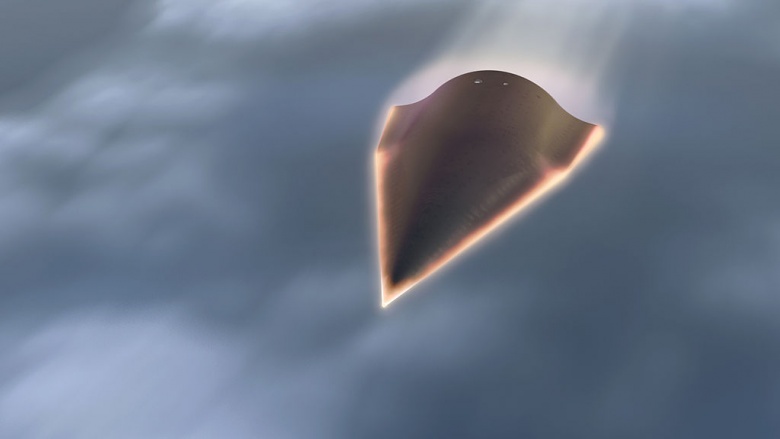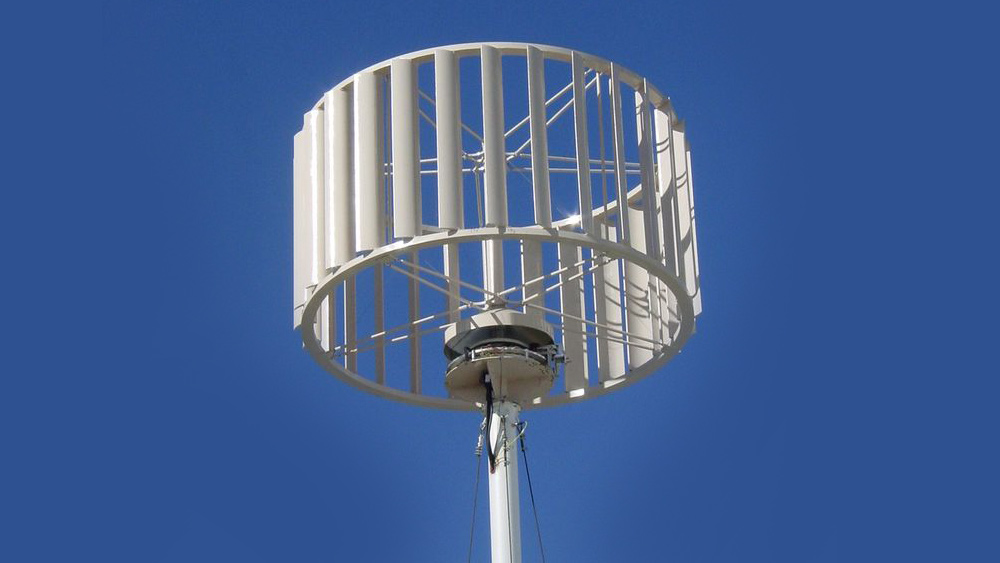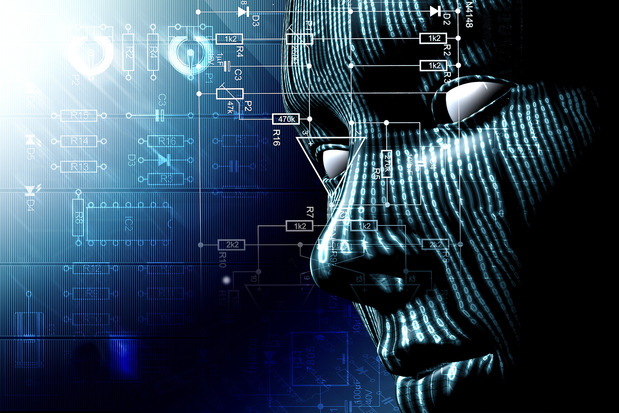“Misbehaving” subatomic particle may point to a fifth force of nature, researchers suggest
05/13/2021 / By Virgilio Marin

An international team of researchers found strong evidence suggesting that a subatomic particle called a muon might be breaking the accepted laws of physics. During an experiment at the Fermi National Accelerator Laboratory (Fermilab), muons inside a magnetized ring wobbled in totally unpredictable ways, suggesting that there are forces and particles that remain unknown to physicists.
What are muons?
Muons are sometimes called “fat electrons” because they resemble electrons – they have a negative charge and behave like tiny bar magnets. But muons are more than 200 times as massive and are highly unstable. They decay extremely quickly into electrons and super-light particles called neutrinos.
For decades, scientists have measured the muon’s magnetism to learn more about the structure of matter. They’ve placed muons in a vacuum and exposed them to a magnetic field, making them wobble like little compass needles. The frequency at which the particles wobble reveals how magnetic they are.
If the muons wobble at a higher rate than predicted, that can point to the existence of unknown particles or forces. That’s because muons sit amid a haze of other subatomic particles that affect muons’ behavior. These particles interact with each other through forces that act only on the subatomic level.
“You might think that it’s possible for a particle to be alone in the world,” Chris Polly, a physicist at Fermilab who oversees the research, said in a biographical statement posted on the lab’s website. “But in fact, it’s not lonely at all. Because of the quantum world, we know every particle is surrounded by an entourage of other particles.” (Related: Scientists: Detecting mini black holes may indicate existence of parallel universes.)
Two decades ago, Polly was part of an experiment called “Muon g-2” at the Brookhaven National Laboratory in New York. For the experiment, physicists measured the muon’s magnetism and compared it with the predictions of the Standard Model, the currently accepted theory describing the fundamental particles of the universe and how they interact.
Their measurements showed that the muon is a little bit more magnetic than predicted. This discrepancy hinted at the existence of something unknown but was not enough to claim a solid discovery.
Brookhaven experiment is no fluke
Fermilab planned to study muons more closely but needed the giant magnetic storage ring that the Brookhaven team used for their experiment. The ring was transported to Fermilab in 2013 and Polly and his colleagues recreated the Brookhaven experiment in 2018. The team finished analyzing the first crop of data a few years later and announced their findings on Wednesday, April 7.
Their measurements closely matched the old ones, suggesting that the Brookhaven results were neither a statistical fluke nor the product of some undetected flaw in the experiment.
“This quantity we measure reflects the interactions of the muon with everything else in the universe,” said Renee Fatemi, a physicist at the University of Kentucky and manager of the experiment. “But when the theorists calculate the same quantity, using all of the known forces and particles in the Standard Model, we don’t get the same answer.”
“This is strong evidence that the muon is sensitive to something that is not in our best theory,” she added.
This leaves the big question: What caused the muon to wobble too much? The researchers suggested that the muon might be interacting with an undiscovered particle or force that the Standard Model could not account for. The addition of another force would bring the four fundamental forces of nature – gravity, electromagnetism, strong nuclear force and weak nuclear force – to five.
Still, there is a one in a 40,000 chance that the new measurements are wrong, which means that the researchers cannot yet claim a discovery. Additionally, the researchers have so far analyzed only six percent of the total data that the research will collect.
“Although these first results are telling us that there is an intriguing difference with the Standard Model, we will learn much more in the next couple of years,” Polly said. (Related: “Dark Matter” phenomenon pushed by science to explain 96% of the universe may be complete bunk, new scientists declare.)
But the discrepancy in the latest experiment is much more significant than the Brookhaven results: The difference between the experimental results and theory has jumped from around 2.5 times the total uncertainty to 3.7 times. Meanwhile, physics’ standard for claiming a discovery is five times the total uncertainty.
The researchers detailed their findings in a series of papers, which they submitted to the journal Physical Review Letters.
Visit Discoveries.news for more on amazing findings that defy the current laws of science.
Sources include:
Tagged Under: cool science, cosmic, discovery, Fermi National Accelerator Laboratory, Fermilab, fundamental forces of nature, future science, muons, physics, quantum mechanics, research, Space, Standard Model, subatomic particles, universe
RECENT NEWS & ARTICLES
COPYRIGHT © 2017 FUTURETECH.NEWS
All content posted on this site is protected under Free Speech. FutureTech.news is not responsible for content written by contributing authors. The information on this site is provided for educational and entertainment purposes only. It is not intended as a substitute for professional advice of any kind. FutureTech.news assumes no responsibility for the use or misuse of this material. All trademarks, registered trademarks and service marks mentioned on this site are the property of their respective owners.





















